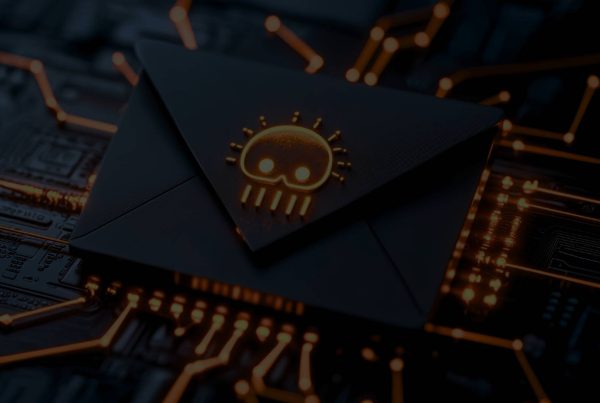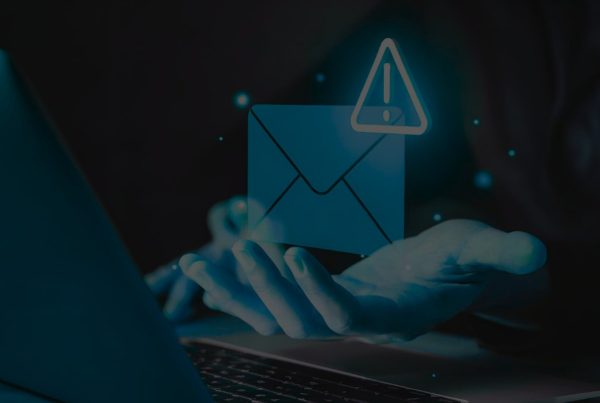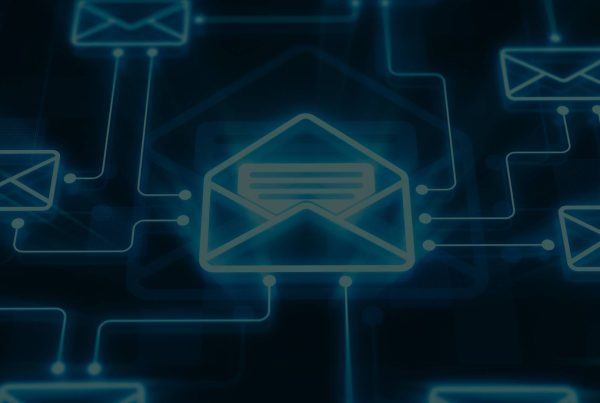Zero Trust Email Security: Moving Beyond Traditional Defenses
In an age where cyberattacks are becoming increasingly sophisticated, traditional email security measures are no longer sufficient to protect businesses from evolving threats. The rise of Business Email Compromise (BEC), phishing, and ransomware has prompted organizations to reassess their security strategies. One such strategy gaining traction is Zero Trust email security, which offers a more robust and adaptive approach to safeguarding communications.
Unlike traditional security models that assume trust based on location or network, the Zero Trust framework operates on the principle that no one, both inside and outside the network, should automatically be trusted. This approach requires continuous verification of all users and devices, regardless of their origin. As cybercriminals become more adept at bypassing traditional defenses, businesses are turning to Zero Trust Email Security to enhance their defenses.
What is Zero Trust Email Security?
At its core, Zero Trust Email Security involves verifying every email, user, and device involved in communication. It assumes that every email is a potential threat until proven otherwise, regardless of the sender’s position or organization. By incorporating AI, machine learning, and behavioral analytics, organizations can continuously monitor and assess the risk of each email communication in real-time.
This method ensures that even if an attacker gains access to the internal network, they cannot exploit trusted relationships to gain further access. Every email undergoes rigorous scrutiny, preventing unauthorized access and reducing the chances of an attack succeeding.
Case Study: A SaaS Provider Adopts Zero Trust Email Security
A leading SaaS provider, known for its cloud-based project management tools, was frequently targeted by phishing attacks. Their traditional email security system, which relied primarily on spam filters and firewalls, failed to prevent sophisticated attacks from cybercriminals. These attacks involved attackers impersonating internal employees or external partners, causing data breaches and financial losses.
The company decided to adopt a Zero Trust email security model, implementing AI-driven solutions that continuously analyzed incoming emails. This system assessed not just the content but also the sender’s behavior, location, and communication patterns. By leveraging machine learning algorithms, the system was able to detect subtle signs of malicious intent, such as changes in communication frequency or unusual request urgency.
In one instance, a fraudulent email appeared to come from the CEO, instructing the finance team to wire a significant sum to an overseas account. However, the Zero Trust security system flagged the email due to its unusual urgency and inconsistencies with past communication patterns. The email was quarantined, and the finance team was immediately notified, preventing a potentially devastating financial loss.
This case highlights how Zero Trust email security, combined with AI, can effectively protect businesses against phishing and other email-based threats.
How AI Enhances Zero Trust Email Security
AI plays a crucial role in Zero Trust email security by providing the intelligence needed to evaluate risk and validate email communications in real time. Traditional methods, such as signature-based detection, are limited in their ability to catch sophisticated threats, especially when attackers constantly evolve their tactics. AI, however, can continuously learn and adapt, providing real-time insights into the risk associated with each email.
For example, AI algorithms can analyze an email’s content for signs of phishing, check the legitimacy of the sender’s address, and even cross-reference the request with past communications. If an email contains an unusual attachment or request, the AI system can automatically trigger additional verification steps. This might include sending a Chatbot prompt to the recipient, asking them to confirm whether they recognize the sender or whether the request is legitimate.
This level of scrutiny, powered by AI, helps prevent sophisticated phishing and CEO fraud attacks that rely on subtle social engineering tactics to deceive employees.
Case Study: A Financial Institution Strengthens Its Email Security with Zero Trust
A global financial institution handling sensitive customer data was frequently targeted by BEC attacks. These attacks involved attackers impersonating executives or clients and requesting confidential financial information. Despite using traditional email security solutions, the organization experienced multiple security breaches, leading to significant financial and reputational damage.
The institution decided to implement a Zero Trust email security framework, integrating AI-based threat detection and Chatbots for real-time verification of email requests. When a high-value financial transaction request came through, the system automatically flagged the request and initiated a Chatbot verification process with the recipient. The employee was asked to confirm the legitimacy of the request before proceeding.
The Zero Trust model not only helped the institution prevent several fraudulent attempts but also improved compliance with financial regulations, including SOX and PCI-DSS, which mandate strict security controls for financial transactions.
Conclusion: The Future of Email Security
As organizations continue to face evolving threats, Zero Trust Email Security offers a modern, adaptive defense against email-based attacks. By combining AI-driven analytics with behavioral analysis and Chatbots, businesses can move beyond traditional defenses and ensure that their email communications remain secure.
For businesses across industries, including SaaS, finance, and software development, adopting Zero Trust principles is no longer optional. With email being a primary vector for cyberattacks, securing it with a Zero Trust approach is essential to preventing data breaches, protecting sensitive information, and ensuring regulatory compliance. The future of email security lies in adopting a comprehensive, intelligent, and constantly evolving approach—one that continuously verifies and validates every email interaction.








